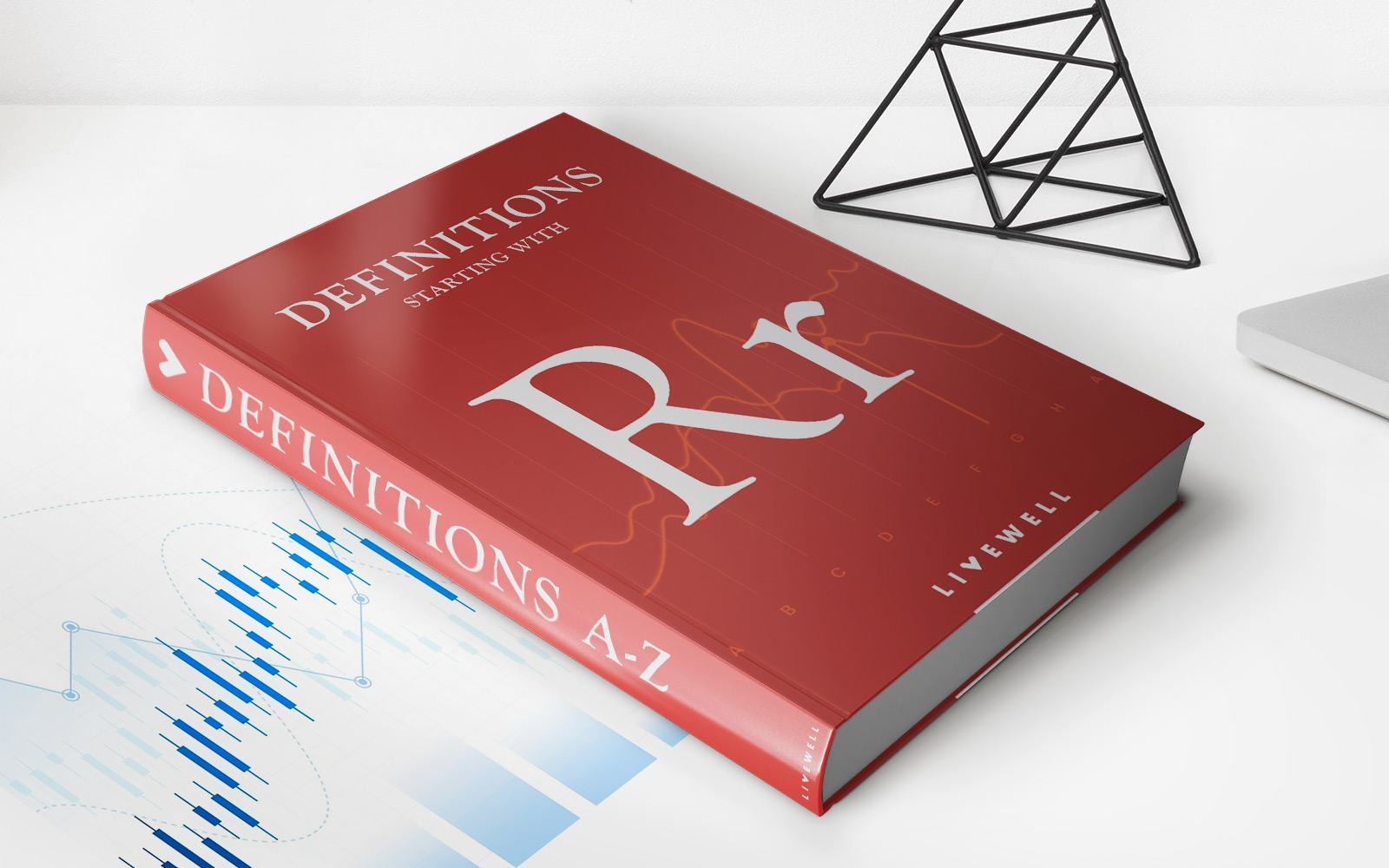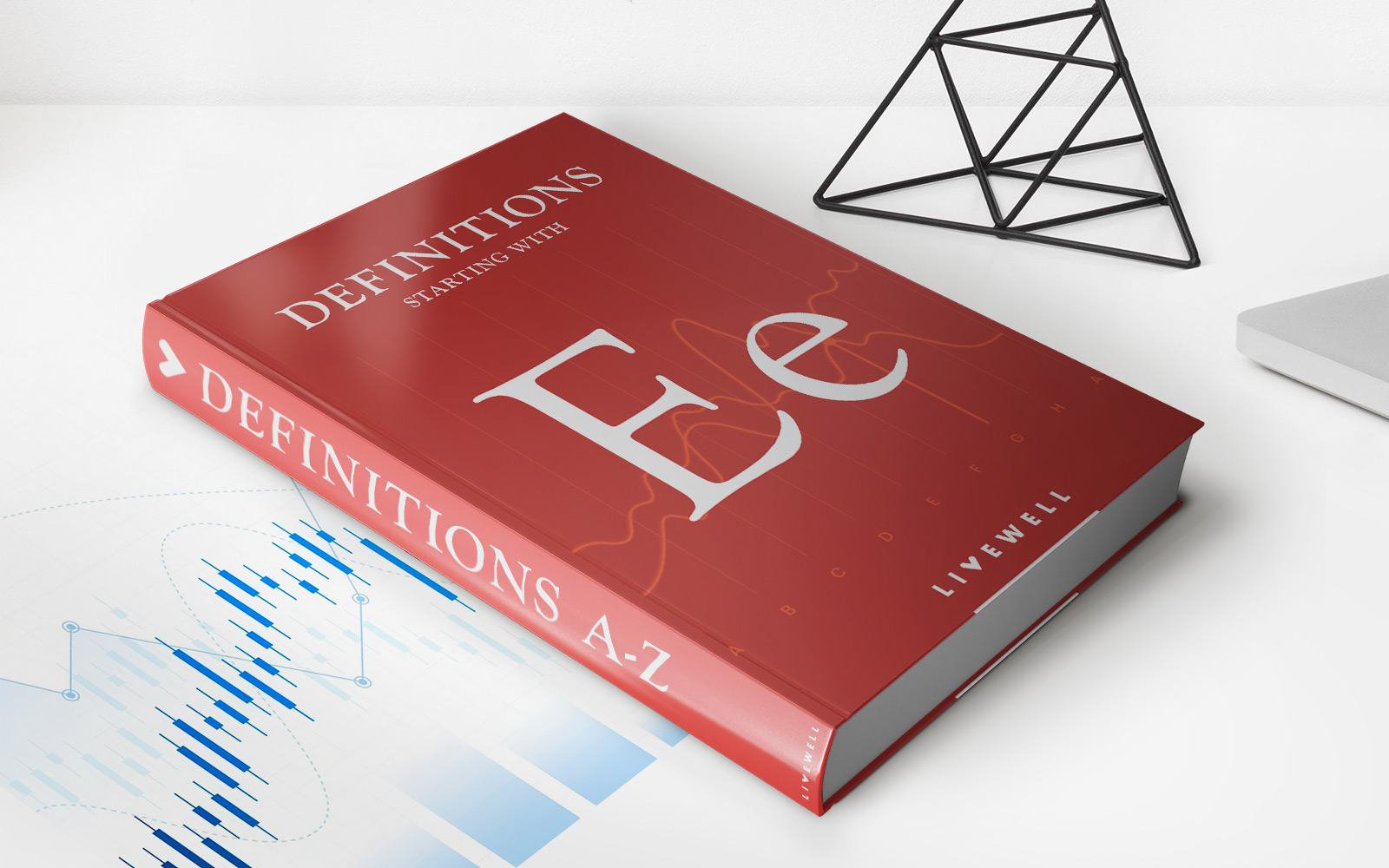Home>Finance>Analyzing How Transactions Change An Accounting Equation


Finance
Analyzing How Transactions Change An Accounting Equation
Published: October 12, 2023
Discover how transactions in the field of finance can impact the accounting equation through an in-depth analysis. Improve your understanding of finance and accounting principles.
(Many of the links in this article redirect to a specific reviewed product. Your purchase of these products through affiliate links helps to generate commission for LiveWell, at no extra cost. Learn more)
Table of Contents
Introduction
Welcome to our comprehensive guide on analyzing how transactions change an accounting equation. Accounting is at the heart of every business, providing essential information about financial activities and the overall health of an organization. The accounting equation serves as a fundamental framework for understanding the relationship between assets, liabilities, and owners’ equity.
In this article, we will delve into the intricacies of the accounting equation and explore how various transactions impact its components. By understanding how transactions affect the equation, businesses and individuals can gain valuable insights into their financial positions.
Whether you are a business owner, a finance professional, or someone looking to enhance their financial literacy, this guide will equip you with the knowledge you need to navigate the complexities of transaction analysis within the accounting equation.
Throughout this article, we will examine how transactions impact assets, liabilities, and owners’ equity individually, using real-world examples to illustrate their effects. By the end of this guide, you will have a solid understanding of how changes in financial transactions can alter the accounting equation and influence financial statements.
Before we dive into the details, it is important to note that the accounting equation is a basic formula in double-entry bookkeeping, which states that the total value of assets must always equal the sum of liabilities and owners’ equity. With this foundation in mind, let’s explore how different transactions can alter this equation and provide a deeper understanding of financial positions.
Overview of the Accounting Equation
Before we delve into how transactions affect the accounting equation, it’s important to understand the equation itself. The accounting equation is a fundamental principle in financial accounting that represents the relationship between a company’s assets, liabilities, and owners’ equity.
The equation is stated as follows:
Assets = Liabilities + Owners’ Equity
Let’s break down each component:
- Assets: Assets are economic resources that a company owns or controls. They can be tangible, such as cash, inventory, or property, or intangible, such as patents or trademarks. Assets are recorded on the balance sheet and represent the value of what the company owns.
- Liabilities: Liabilities are the financial obligations of a company. They can be current, such as accounts payable or short-term loans, or long-term, such as mortgages or bonds payable. Liabilities represent the company’s debts and obligations.
- Owners’ Equity: Owners’ equity, also known as shareholders’ equity or net assets, represents the residual interest in the company’s assets after deducting liabilities. It includes the initial investment by the owners and any retained earnings or additional contributions made by them. Owners’ equity reflects the company’s net worth.
The accounting equation is based on the principle of double-entry bookkeeping, which means that every transaction has two effects on the equation. For example, when a company receives cash from a customer, it increases the asset (cash) and the owners’ equity (revenue).
Understanding the accounting equation is crucial because it serves as the foundation for financial reporting and analysis. It ensures that the balance sheet remains in balance, with the total value of assets always equaling the sum of liabilities and owners’ equity. Changes in one component of the equation will impact the other components and influence the financial position of the company.
Now that we have a solid understanding of the accounting equation, let’s explore how different transactions affect its components and bring about changes in the financial position of a business.
How Transactions Affect Assets
Assets are a crucial component of the accounting equation, representing the economic resources owned or controlled by a company. When transactions occur, they can affect the value and composition of assets. Let’s dive into some common ways in which transactions impact assets:
- Purchase or Acquisition: When a company acquires an asset, such as purchasing inventory or equipment, it increases the value of the corresponding asset account. For instance, if a business buys new machinery for $10,000, the machinery asset account will increase by $10,000.
- Sale or Disposal: Conversely, when a company sells or disposes of an asset, the value of the asset account decreases. For example, if a business sells a piece of equipment for $5,000, the machinery asset account will decrease by $5,000.
- Depreciation or Amortization: Certain assets, such as buildings or machinery, have a limited useful life. To account for their gradual wear and tear, companies allocate a portion of the asset’s value as an expense over time. This is known as depreciation for physical assets and amortization for intangible assets. Depreciation or amortization reduces the value of the corresponding asset account.
- Inventory Changes: For businesses that maintain inventory, transactions involving the purchase or sale of inventory can impact asset values. When inventory is purchased, it increases the value of the inventory asset account. On the other hand, when inventory is sold, the value of the inventory asset account decreases.
- Receipt of Payment: When a company receives cash or a receivable from a customer for goods or services provided, it increases its cash or accounts receivable asset account. This reflects the inflow of assets into the business.
- Investments: If a company invests in financial instruments such as stocks or bonds, the value of the investment will be recorded as an asset. The value of the asset will fluctuate based on market conditions.
These are just a few examples of how transactions can affect asset values within the accounting equation. It’s important for businesses to carefully track and record these transactions to accurately reflect the value and composition of their assets.
Next, let’s explore how transactions impact the other component of the equation: liabilities.
How Transactions Affect Liabilities
Liabilities are an integral part of the accounting equation, representing the financial obligations and debts of a company. Transactions can have a significant impact on liabilities, influencing the overall financial position of the organization. Let’s examine some common ways in which transactions affect liabilities:
- Borrowing or Loans: When a company borrows funds from a bank or other sources, it incurs a liability in the form of a loan. This increases the value of the corresponding liability account, such as loans payable or notes payable. For example, if a business takes out a $10,000 loan, the loans payable account will increase by $10,000.
- Repayment of Loans: As companies make loan repayments, the value of the liability account decreases. This reflects the reduction in outstanding debt. For instance, if a business pays off $5,000 of its loan, the loans payable account will decrease by $5,000.
- Accrued Expenses: Accrued expenses are costs that a company has incurred but not yet paid. Common examples include salaries, utilities, and interest. When accrued expenses are recognized, they increase the corresponding liability account. As the amounts are paid, the liability decreases. Accrued expenses ensure that expenses are properly matched with the revenue generated in the same accounting period.
- Purchase on Credit: Utilizing credit terms with suppliers allows businesses to acquire goods or services and defer payment. When a company purchases goods or services on credit, it increases a liability account called accounts payable. As the company makes the payment, the accounts payable liability decreases.
- Interest Expense: Interest expense is the cost of borrowing money. As interest accrues over time, it increases the outstanding liability for interest payable. When the company pays the interest, the interest payable liability decreases.
- Warranty Obligations: Companies often provide warranties for their products, which represent future obligations to repair or replace faulty goods. These warranty obligations are recorded as liabilities, as they are potential future costs that the company may have to incur.
Tracking and recording these transactions accurately is vital for businesses to manage their liabilities effectively. It ensures transparency in the financial statements and provides insights into the company’s financial obligations.
Now that we have explored how transactions impact assets and liabilities, let’s turn our attention to the final component of the accounting equation: equity.
How Transactions Affect Equity
Equity, also known as owners’ equity or shareholders’ equity, is a crucial component of the accounting equation. It represents the residual interest in a company’s assets after deducting liabilities. Transactions can have a significant impact on equity, reflecting changes in ownership contributions, retained earnings, and distributions. Let’s explore how various transactions affect equity:
- Owner’s Investment: When the owner or shareholders contribute additional capital to the business, it increases equity. This can be in the form of cash, assets, or services provided. For example, if an owner invests $10,000 of personal funds into the business, the equity account will increase by $10,000.
- Net Income: Net income is the excess of revenues over expenses. When a company generates a profit, it increases its retained earnings, which is a component of equity. This reflects the accumulation of earnings that are retained within the business to support growth and future operations.
- Dividends or Distributions: If a company distributes profits to its shareholders, it decreases the retained earnings and, consequently, equity. Dividends can take the form of cash, stock, or other assets. However, it’s important to note that distribution of dividends should not exceed the company’s accumulated earnings.
- Stock Issuance or Repurchase: When a company issues new shares of stock, it increases equity. This can happen during an initial public offering (IPO) or secondary offerings. Conversely, if a company buys back its own shares, it reduces the number of outstanding shares and increases the ownership percentage of the remaining shareholders.
- Comprehensive Income: Comprehensive income includes all changes in equity during a specific period, except those resulting from investments by owners and distributions to owners. It encompasses non-operating gains and losses, foreign currency translation adjustments, and changes in pension liabilities. These comprehensive income items impact equity in various ways.
- Stock splits or stock dividends: In some cases, companies may choose to split their stock or provide shareholders with additional shares as a stock dividend. These actions do not impact the total equity but affect the number of shares and the ownership percentage of each shareholder.
These transactions are essential for understanding the financial position and ownership structure of a company. Equity reflects the residual interest of the owners and provides insights into the company’s value and performance.
Now that we have explored how transactions affect assets, liabilities, and equity, let’s move on to examples of transaction analysis to further illustrate these concepts.
Examples of Transaction Analysis
To deepen our understanding of how transactions impact the accounting equation, let’s examine some real-world examples of transaction analysis:
Example 1: Purchase of Inventory:
Suppose a retail store purchases inventory worth $5,000 on credit from its supplier. This transaction has the following effects:
- The asset account for inventory increases by $5,000.
- The liability account for accounts payable also increases by $5,000.
As a result, both assets and liabilities have increased, maintaining the balance of the accounting equation.
Example 2: Borrowing a Loan:
Let’s say a small business obtains a loan of $20,000 from a bank. This transaction results in:
- The asset account for cash increases by $20,000.
- The liability account for loans payable increases by $20,000.
This transaction increases both assets and liabilities, maintaining the equilibrium of the accounting equation.
Example 3: Sale of Goods:
Consider a manufacturer selling goods worth $3,000 for cash to a customer. This transaction leads to:
- The asset account for cash increases by $3,000.
- The revenue account increases by $3,000, impacting the owners’ equity.
Here, assets increase due to the cash received, while equity increases due to the revenue earned.
Example 4: Payment of Expenses:
Assume a business pays $1,000 in rent expenses. This transaction has the following effects:
- The asset account for cash decreases by $1,000.
- The expense account for rent increases by $1,000, impacting the owners’ equity.
While the assets decrease, expenses increase, leading to a decrease in equity.
These examples illustrate how different transactions impact the accounting equation by affecting assets, liabilities, and equity. By analyzing transactions in this manner, businesses can gain insights into their financial position and make informed decisions based on accurate and up-to-date information.
Now that we have explored several examples, let’s wrap up our discussion.
Conclusion
Understanding how transactions change the accounting equation is crucial for financial analysis and decision-making. By examining the effects of transactions on assets, liabilities, and equity, businesses can gain valuable insights into their overall financial position.
Throughout this guide, we explored the components of the accounting equation: assets, liabilities, and equity. We learned that transactions can increase or decrease the value of these components, depending on the nature of the transaction. Purchases, sales, borrowings, repayments, investments, and distributions all have a direct impact on the accounting equation.
Accurate and comprehensive transaction analysis allows businesses to track and record financial activities effectively. By maintaining the balance of the accounting equation, companies can ensure the integrity of their financial statements and make informed decisions based on accurate information.
Furthermore, understanding how transactions affect assets, liabilities, and equity provides insights into the financial health and performance of a company. These insights can assist in identifying areas of growth, managing debt obligations, and evaluating the overall value of the business.
Whether you are a business owner, a finance professional, or an individual seeking to enhance your financial literacy, analyzing transactions within the accounting equation is crucial for understanding the impact of financial activities.
So, take the time to review your own financial transactions and consider how they align with the accounting equation. By doing so, you will gain a deeper understanding of how each transaction affects your personal or business finances.
In conclusion, mastering the art of transaction analysis within the accounting equation will empower you to make informed financial decisions, optimize your financial position, and promote the growth and success of your business.














